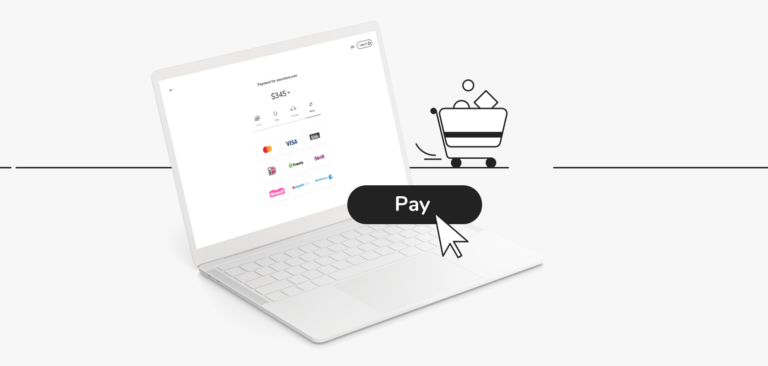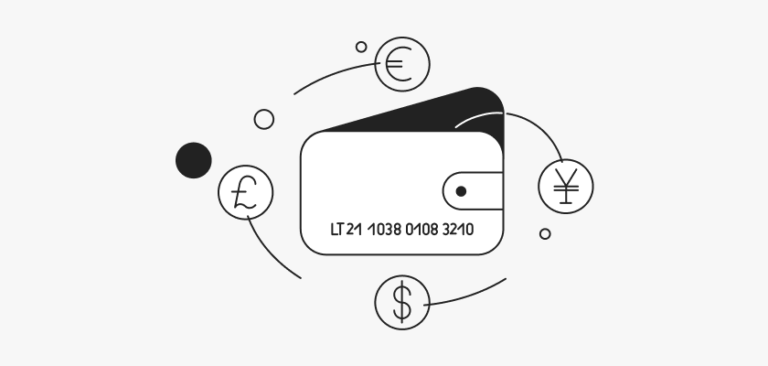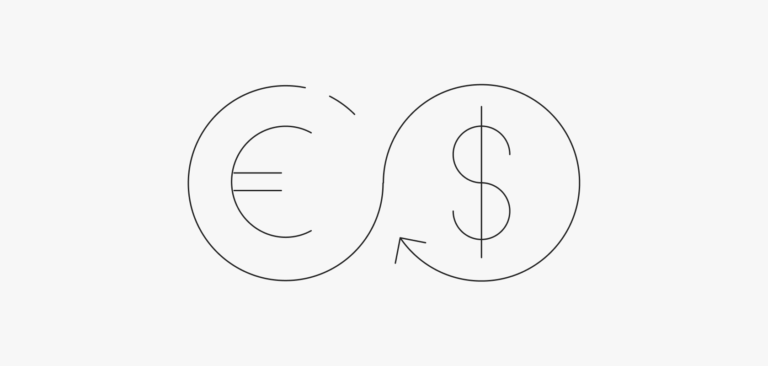The shift of focus to online services was the main significant feature of the sinking Titanic of the Polish economy during the lockdown. It forced many companies to completely change their strategy and subsidize digitalization. But will the pandemic-induced new consumer habits come to an end with the upcoming summers and loosening restrictions? Not at all. Mastercard’s recently published report “Recovering from the Pandemic: The evolution of commerce” reassures us: consumers are already used to online services.
The digital megatrends are an integral part of the finance sector nowadays.
Last year, for every five dollars spent on purchases in retail stores, one dollar went to e-commerce. Compared to 2019, this is a noticeable change – back then, it was only one out of every seven dollars. At the same time, projections indicate that 20-30% of the commerce born as a result of the pandemic will remain there permanently.
Shifting forces
Each country was affected by dozens of variables, which have impacted the restriction measures, as well as opening or closing of stores. In its announcement, Mastercard highlighted that despite noticeable differences in the e-commerce culture across different countries, globally several general trends have crystallized over this time.
- Firstly, the major winners were the countries where modern technologies were already thriving. The highly developed economies benefited from the shift to remote working. During recent quarters, the fastest growth of e-commerce was noted in Europe, North America, and the Asia-Pacific region.
- Second, the growth in e-commerce’s share of grocery shopping can be considered permanent. Before the pandemic, online food orders played a marginal role given the size of the entire sector.However, during the lockdowns, e-grocery shopping stood up to the tests enforced by customers stranded in their own homes. As Mastercard predicts, in the grocery segment, the 70-80% growth in online sales noted during the peak of the pandemic will continue even after.
- Another important point is the 25-30% increase in international e-commerce turnover. During the pandemic, not only the volume of online sales grew but also the number of countries from which orders originated. From the customers’ point of view, cross-border trade means a big advantage – they gain access to more suppliers and products. The market responded with fire almost immediately – the average consumer started buying from more e-tailers (an increase of up to 30%).

The balance of profit sand losses
To sum up, the pandemic was a great set-up for change in the distribution of forces in the market and a test that verified the modernity of businesses. Fintechs weren’t the only winners in this situation– also other industries making e-commerce buyers/sellers’ life easier noted large growths, such as courier networks handling international shipments.In the case of the biggest players, the volume of international shipments has soared by up to 600% year-on-year.
Therefore, any business that had a competitive offer or moved services online quickly enough could expect to make a tangible profit and ride the waves of the market.
Although digital transformation took place differently in different countries and industries, we can distinguish a few universal trends across the globe. Increasing the volume of cashless transactions in the future and strengthening the habit of paying by card used to be some what of a challenge, but now is treated as an obvious future. To put it simply, the cashless pays off for everyone. People use digital financial services confidently and willingly, whether at the bank, at work, or in everyday life.
The winners are those who developed e-commerce at the beginning of the pandemic. However, if you are just starting your customer journey with online sales, we know you have a lot on your mind. Give us a chance to relieve you of negotiating with payment providers. You can use a trusted partner providing a payment gateway who will do it all for you and integrate the solution with your e-store. That’s all.
So… if you are a merchant, please feel free to contact us – says Dawid Rożek, the CEO of ZEN.COM, a European fintech company that offers a payment gateway.
Sources:
https://www.mastercard.com/news/press/2021/april/mastercard-recovery-insights-e-commerce-a-covid-lifeline-for-retailers-with-additional-900-billion-spent-online-globally/
https://logistyka.rp.pl/logistyka-kontraktowa/15750-w-jeden-rok-inpost-podwoil-przychody



